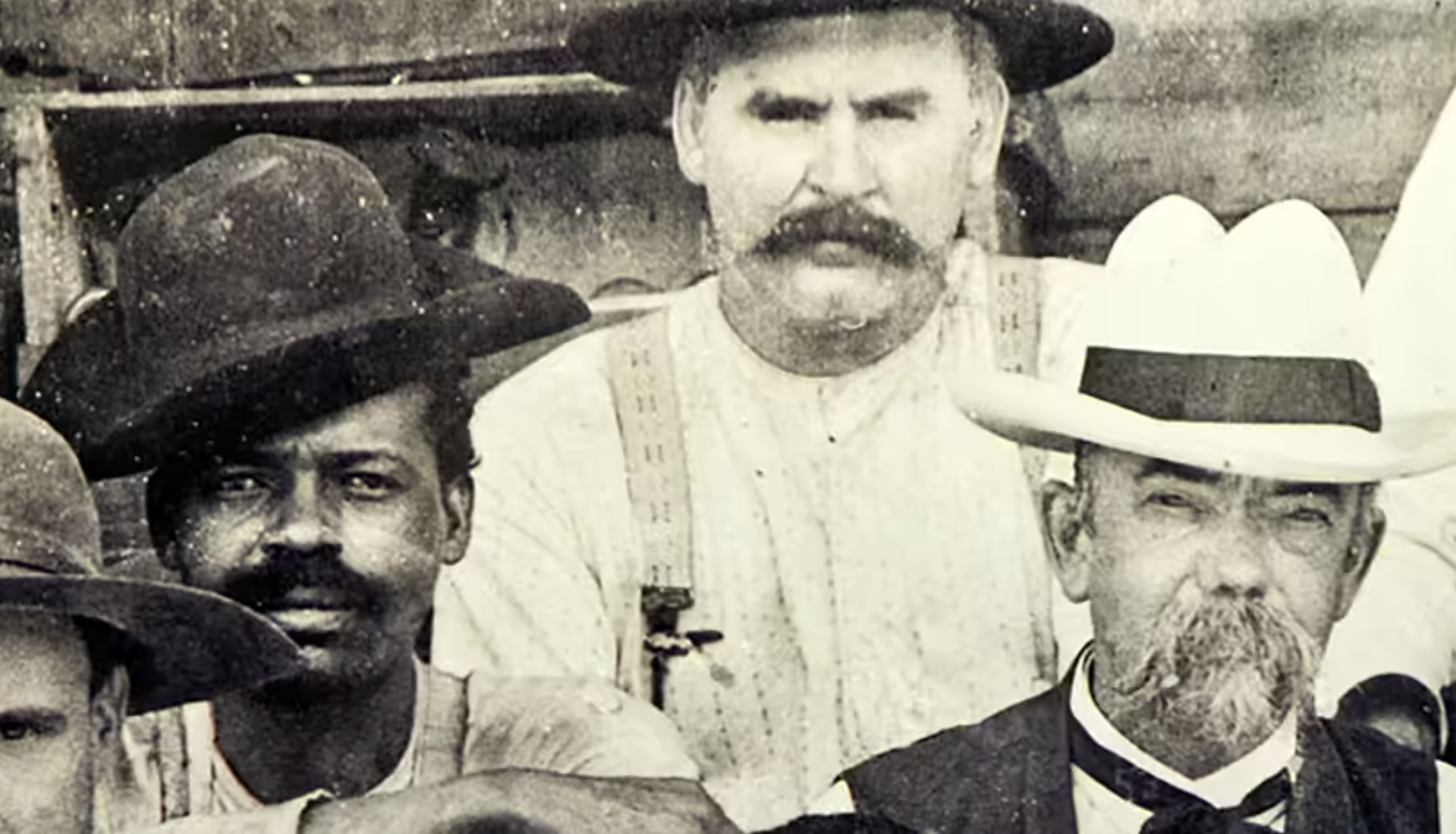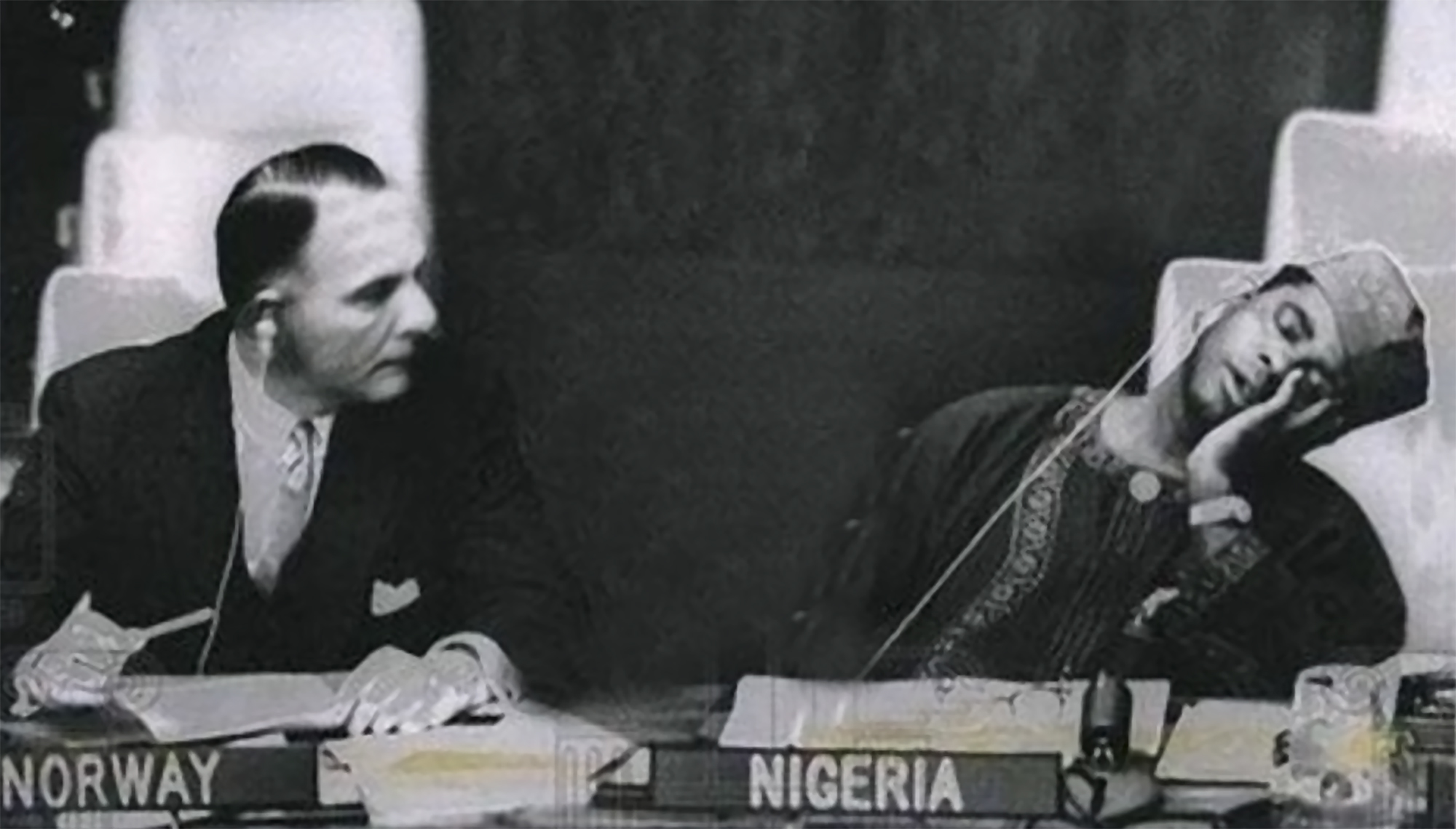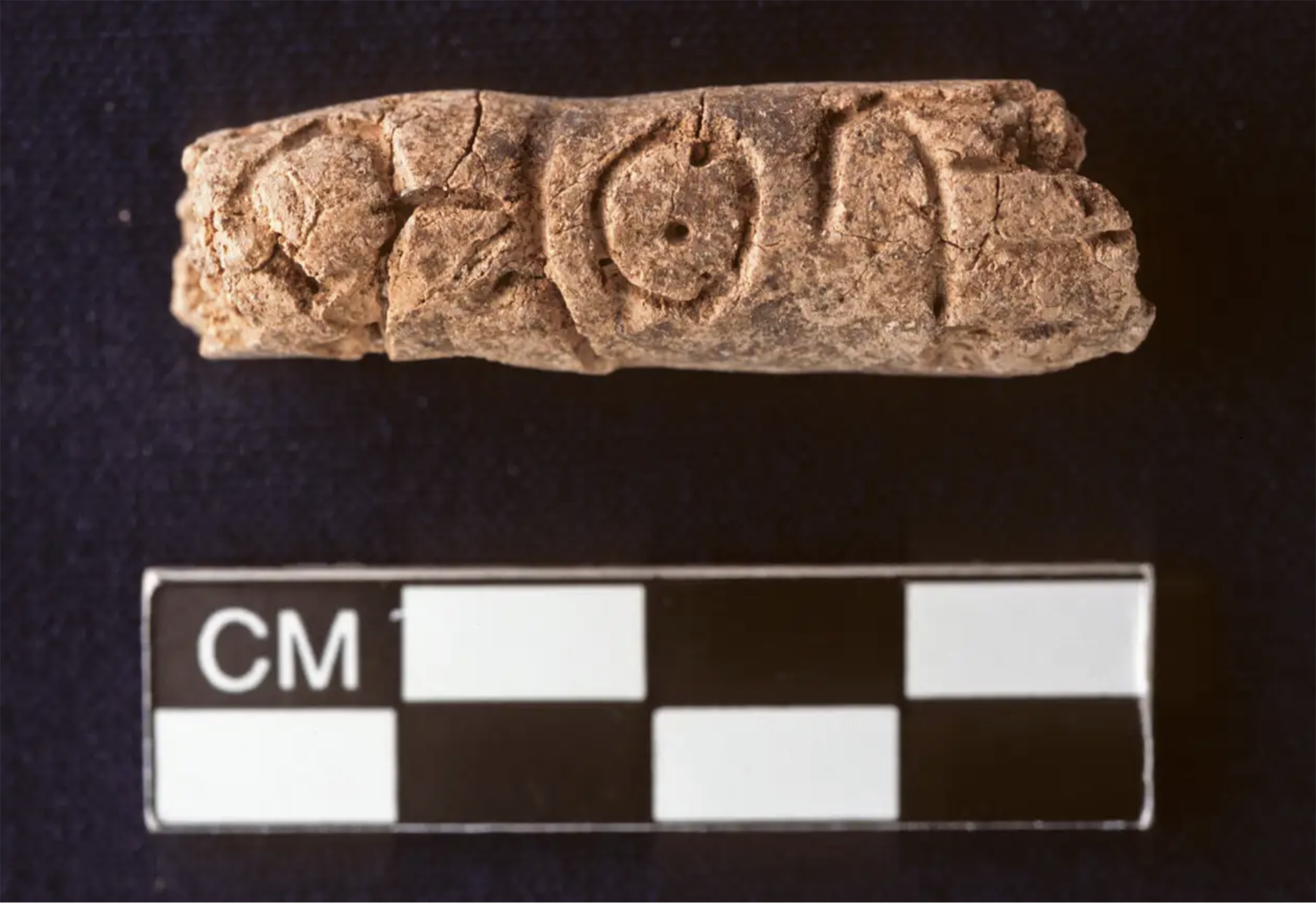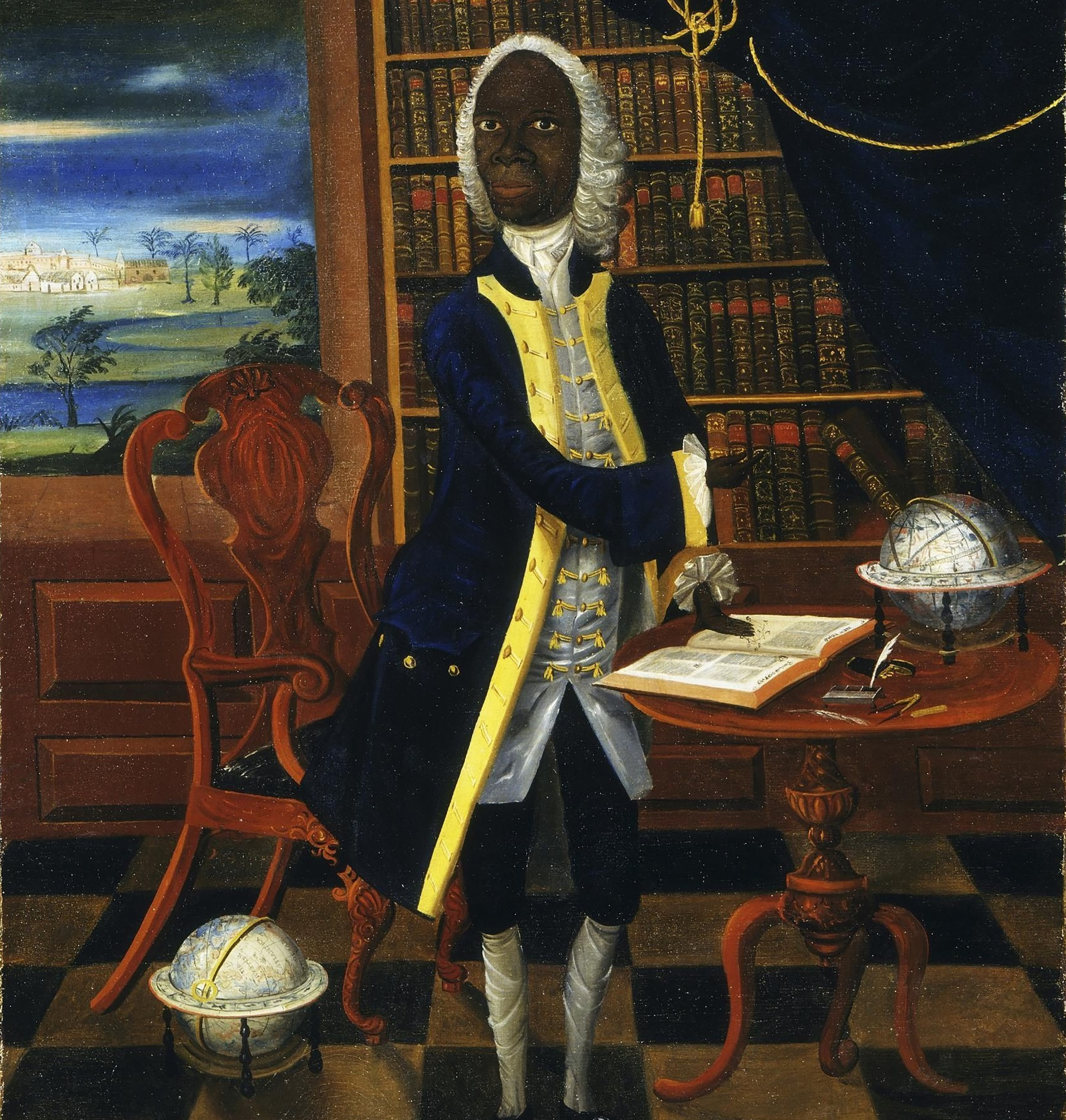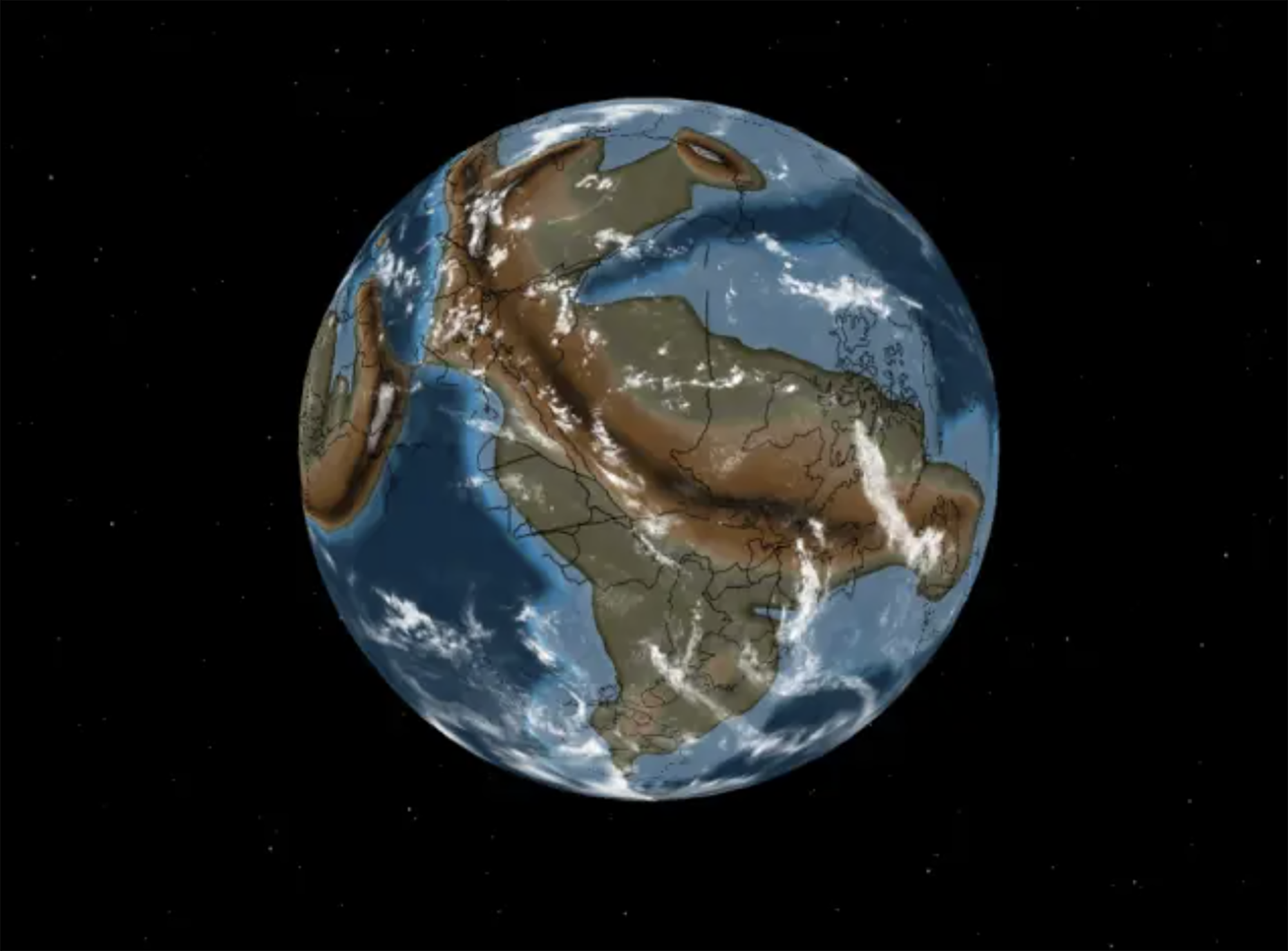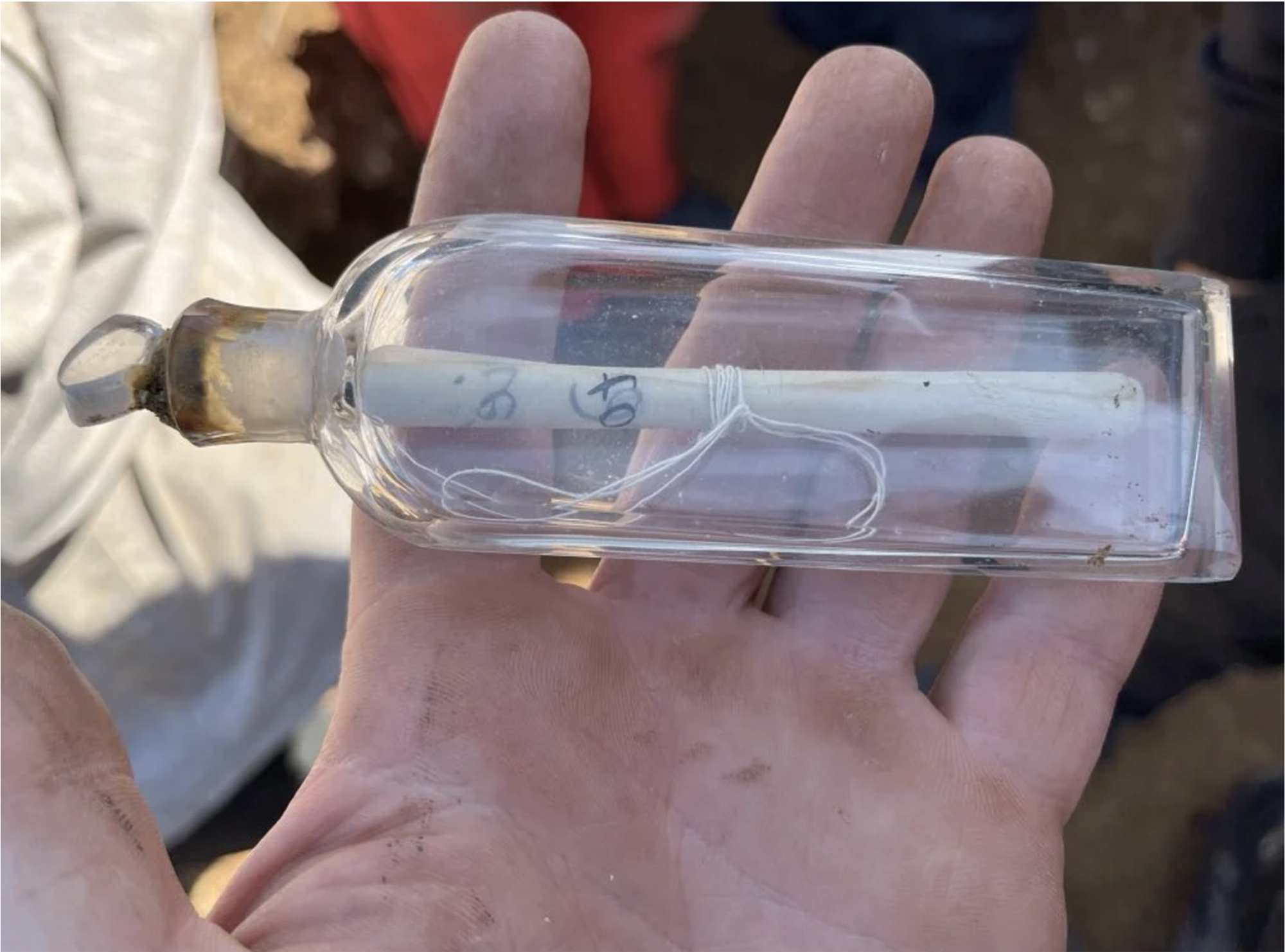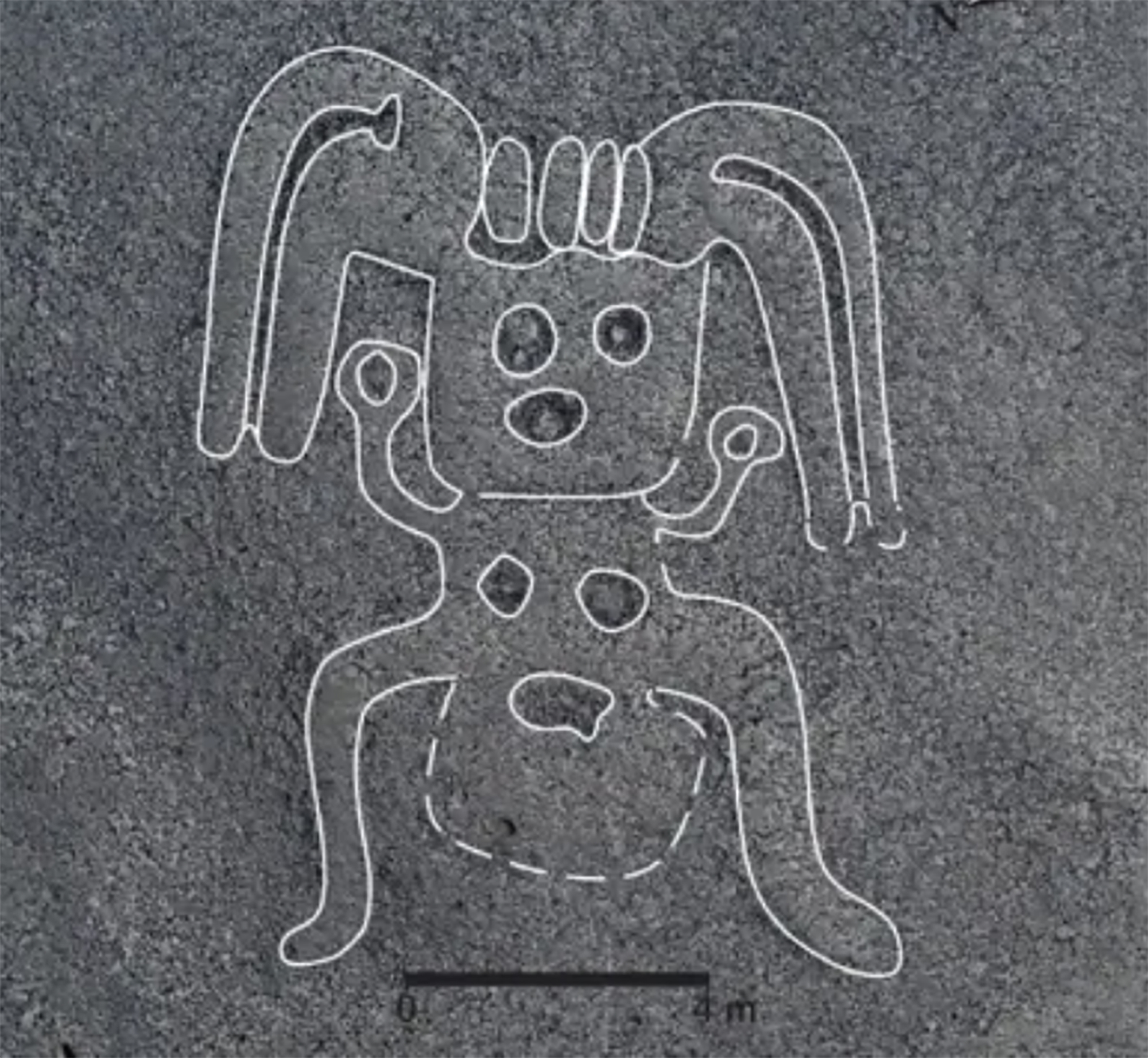A sheriff as men
- England 1215. After the defeat in the Battle of Bouvines, John I. The one from England, nicknamed John the Naked, returned to his country, but his subjects did not receive him. And the hostile attitude towards the king was heightened when he imposed an unfair tax, another. In June, the nobles got him to sign the Magna Carta document, the oldest document that limits the power of the king of England. But in September John managed to get the Pope to cancel the letter.
In the first months of 1216, the noble rebels took Rochester and London and offered the crown of England to Louis, the successor to the throne of France. Jehan had only three strengths: Windsor, Dover and Lincoln. In the latter was a young woman from Gazteluzai: Nicholaa de la Haye
Nicholaa was born between 1150 and 1156. His father was the Norman gentleman Richard de la Haye, lord of Lincoln Castle, and his death was his daughter defending the castle. When they attacked the castle in 1191, for example, contemporary chronicler Richard de Devizes gathered that Nicholaá “thinking about him as a woman, defended Lincoln’s castle as a man.”
Magna also stood out in the Charter process. The castle was besieged by opponents of King John in 1215, but Nicholaá remained unscathed and managed to sign a truce with Gilbert de Ghent, head of the rebels. When John visited the castle in 1216, the lady of the castle told him that at his age he was not able to carry out his duties and offered him the keys of the castle, but the king confirmed him in the office. On 19 October of the same year Juan Sin Tierra died, but before his death he named De la Haye sheriff of Lincolnshire.
A death like women
Joan's heir, Henrike III.ak, was 9 years old when he put the crown on his head. Despite the help of the noble William Marshal, his opponents took advantage of the weakness of the new ruler; the noble rebels, allied with the army of the French pretender Luis, once again attacked one of the most important fortifications in England: Lincoln. The chastity, as usual, resisted firmly, but needed reinforcements to overcome the siege. On May 20, 1217, William Marshale, protector of the king, attacked the besiegers from the outside, inside Nicholaa of the Hague, and achieved victory. This and the triumph in the naval battle of Sandwich were sufficient to strengthen the throne of Henry III and drive away the French and local opposition.
Henry’s defenders III.aren dedicated their praises to the Castilian woman, but took away everything else. Four days after Lincoln's victory, the sheriff was dismissed to surrender the king's uncle, Count of Salisbury. Apparently the Count was not content with this and also wanted the lands and the castle of De la Hague. Nicholaa, who spent another 9 years defending the fortress, did not have any reinforcements or praise again. In 1226 he surrendered and died four years later.
Tennessee (United States), 1820. The slave Nathan Green is born, known as Nearest Uncle or Nearest Uncle. We do not know exactly when he was born and, in general, we have very little data about him until 1863, when he achieved emancipation. We know that in the late 1850s Dan... [+]
New York, 1960. At a UN meeting, Nigeria’s Foreign Minister and UN ambassador Jaja Wachucu slept. Nigeria had just achieved independence on 1 October. Therefore, Wachuku became the first UN representative in Nigeria and had just taken office.
In contradiction to the... [+]
Researchers at Johns Hopkins University have discovered several cylinders with inscriptions at the present Syrian Reservoir, the Tell Umm-el Marra. Experts believe that the signs written in these pieces of clay can be alphabetical.
In the 15th century a. The cylinders have... [+]
London 1928. At the Victoria and Albert Museum there was a very special painting: in the painting there is a black man, with wig and Levite, surrounded by books and scientific instruments. Thus it was catalogued in the Museum: “Unique satirical portrait representing a failed... [+]
Ethiopia, 24 November 1974. Lucy's skeleton was found in Hadar, one of the oldest traces of human ancestors. The Australian hominid of Australopithecus afarensis is between 3.2 and 3.5 million years old.
So they considered it the ancestor of species, the mother of all of us. In... [+]
A group of archaeologists from the University of Berkeley, California, USA. That is, men didn't launch the lances to hunt mammoths and other great mammals. That was the most widespread hypothesis so far, the technique we've seen in movies, video games ...
But the study, published... [+]
Zamora, late 10th century. On the banks of the Douro River and outside the city walls the church of Santiago de los Caballeros was built. The inside capitals of the church depict varied scenes with sexual content: an orgy, a naked woman holding the penis of a man… in the... [+]
Born 7 November 1924. A group of anarchists broke into Bera this morning to protest against the dictatorship of Primo de Rivera and to begin the revolution in the Spanish state.
Last October, the composition of the Central Board was announced between the displaced from Spain... [+]
Washington (EE.UU. ), 1807. The US Constitution banned transatlantic slave trade. This does not mean that slavery has been abolished, but that the main source of the slaves has been interrupted. Thus, slave women became the only way to “produce” new slaves.
So in 1845, in... [+]
A group of interdisciplinary researchers from the Free University of Berlin and the Zuse Institute have developed a complex mathematical model to better understand how Romanization spread in North Africa.
According to a study published in the journal Plos One, the model has... [+]
While working at a site in the Roman era of Normandy, several archaeology students have recently made a curious discovery: inside a clay pot they found a small glass jar, of which women used to bring perfume in the 19th century.
And inside the jar was a little papelite with a... [+]
Japan, 6 and 9 August 1945, the United States launched an atomic bomb causing tens of thousands of deaths in Hiroshima and Nagasaki; although there are no precise figures, the most cautious estimates indicate that at least 210,000 people died at the end of that year. But in... [+]
A team of researchers led by the Japanese archaeologist Masato Sakai of the University of Yamagata has discovered numerous geoglyphs in the Nazca Desert (Peru). In total, 303 geoglyphs have been found, almost twice as many geoglyphs as previously known. To do so, researchers... [+]
Born 2 October 1968. A few months earlier, the student movement started on June 22 organized a rally in the Plaza de las Tres Cultura, in the Nonoalco-Tlatelolco unit of the city. The students gathered by the Mexican army and the paramilitary group Olympia Battalion were... [+]











